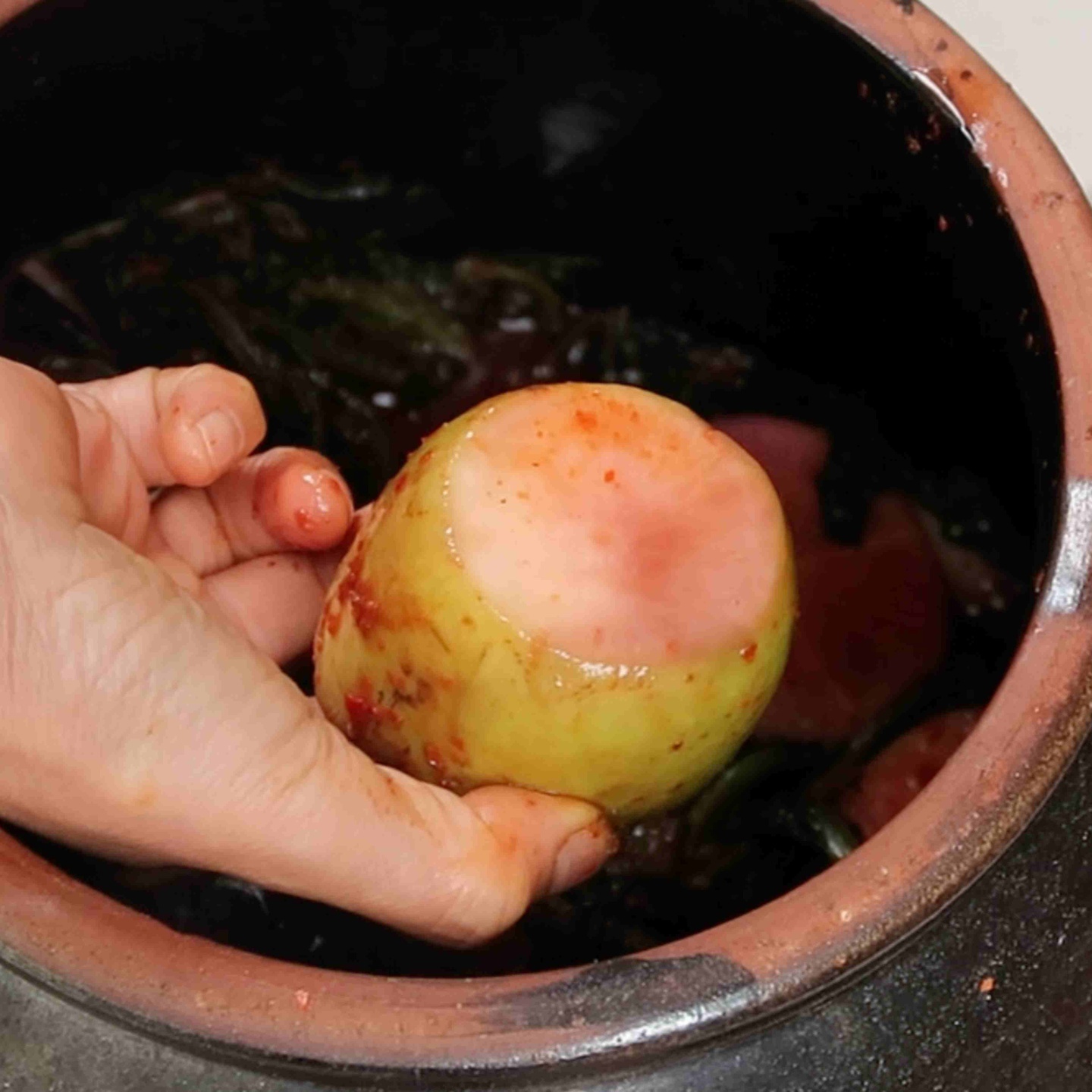When you order Tteok-bokki, you may see that more than just rice cakes appear before you. You can add a variety of different toppings that can give more texture and flavor to your Tteok-bokki dish.
Flat Starch Noodles (넓은당면)
Flat starch noodles are my favorite addition to Tteok-bokki. They are thick versions of the Japchae (잡채) noodles (sweet potato starch noodles) you may know of. These flat versions are super chewy and cook quickly. Unlike your typical sweet potato starch noodle, which needs to be soaked before use, these versions do not need to be soaked. To prepare these flat starch noodles, just boil them for 10 minutes, and then you can add them to your dish.
Chewy Yellow Noodles (쭐면)
Chewy yellow noodles called 쭐면 are another popular noodle option. These noodles are chewy and are a little thicker and a little denser in texture than the flat starch noodles. These noodles cook quickly; before using them, blanch them for 30 seconds in boiling water, then place them directly into an ice bath. Finally, drain the noodles from the ice water, and they are ready to add to your Tteok-bokki.
Boiled Eggs
Hard-boiled eggs are a very popular addition to Tteok-bokki. You can simmer your eggs to any doneness before peeling and adding to your Tteok-bokki. I prefer to simmer my eggs with some salt and vinegar until they are soft-boiled. Then I peel the eggs and let them simmer in the Tteok-bokki sauce along with the other ingredients so that they are perfectly cooked and seasoned by the time the Tteok-bokki dish is completely done.
Fish Cakes (어묵)
Fish cakes are another ingredient that is often added to Tteok-bokki. They add a plush chewy, tender texture and mild savory fish flavor. The flat sheet yellow-colored fishcakes are commonly used for red pepper paste Tteok-bokki. They can be sliced into strips or sliced into triangle-shaped pieces by cutting those strips at an angle. Before using your frozen fish cakes, soak them in cold water to defrost them. Once defrosted, you can add them to your Tteok-bokki.
Deep Fried Dumplings (야끼만두/당면만두)
These dumplings are sometimes added to Tteok-bokki to add a crisp, savory texture. They have different names based on what is inside the dumpling. It is common to add 1-2 of these dumplings as a finishing garnish to the top of your Tteok-bokki.
Perilla Leaves (깟잎)
Fresh perilla leaves can be sliced into thin or thick slices and added as a garnish on your Tteok-bokki. They add a fresh aromatic flavor and scent to your dish. They also add a nice color to your Tteok-bokki. If you add perilla leaves, add them at the end of the cooking process because they cook very quickly.
Cabbage (배추)
You can add fresh sliced or quarter diced pieces of cabbage into your Tteok-bokki for more flavor. You can add your cabbage at the beginning of your Tteok-bokki cooking process.
Green Onion (파)
Green onion is added to Tteok-bokki as a garnish. It gives a fresh onion flavor and also adds a nice contrasting green color which makes your dish more appetizing. Add your sliced green onion at the end of the cooking process. You can add large cut-up slices or thinly sliced green onion.
Cheese (치즈)
The most common kind of cheese added to Tteok-bokki is mozzarella cheese. I would recommend you use slices of mozzarella or thick-cut shredded mozzarella. If the cheese is too finely shredded, then it can instantly melt into the Tteok-bokki instead of creating a blanket of cheese on the top. Always add the cheese right before eating, the heat from the dish will melt it very quickly. If you add it to early while the dish is still cooking, by the time the Tteok-bokki is done, the cheese will have dissolved into the sauce.

